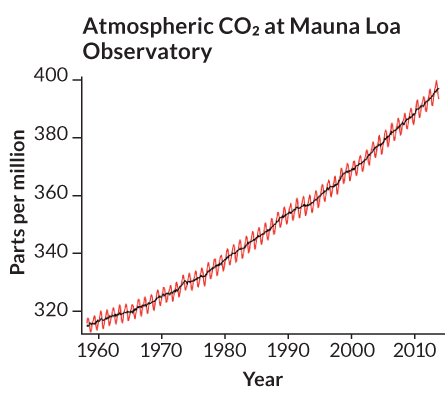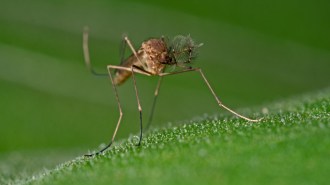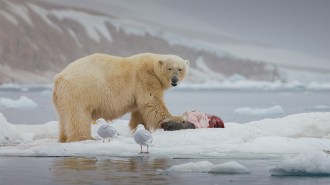10
Even as skeptics continued to doubt human-caused climate change, scientists grew more confident than ever this year that people are driving global warming.
In September, the Intergovernmental Panel on Climate Change reported that it is 95 to 100 percent certain that human activity — largely fossil fuel burning — is the main cause of rising temperatures since the 1950s (SN Online: 9/27/13).
The IPCC also dismissed a common argument that the apparent slowdown in global warming over the last 15 years is evidence that humans aren’t altering climate.
The IPCC noted that small slices of time aren’t good indicators of longer trends. And researchers at the Scripps Institution of Oceanography in La Jolla, Calif., determined that the recent global warming “hiatus” may be linked to natural fluctuations in sea surface temperatures in the tropical Pacific (SN: 10/5/13, p. 14).

Although scientists are confident about humankind’s role in climate change, they still have a lot to learn about the magnitude and timing of future climate shifts. Some researchers are looking to the past for guidance.
Many say the Pliocene epoch, 5.3 million to 2.6 million years ago, may be the best analog for Earth’s future.
Back then, average global temperatures were a few degrees warmer, sea levels were higher and atmospheric carbon dioxide concentrations were about 400 parts per million — an amount the world will soon surpass. Last year, the Arctic hit the 400 ppm mark, and this year the atmosphere above the long-running Mauna Loa Observatory in Hawaii reached that milestone as well (SN: 6/1/13, p. 20). Scientists predict that the global average will rise to 400 ppm within a few years.






